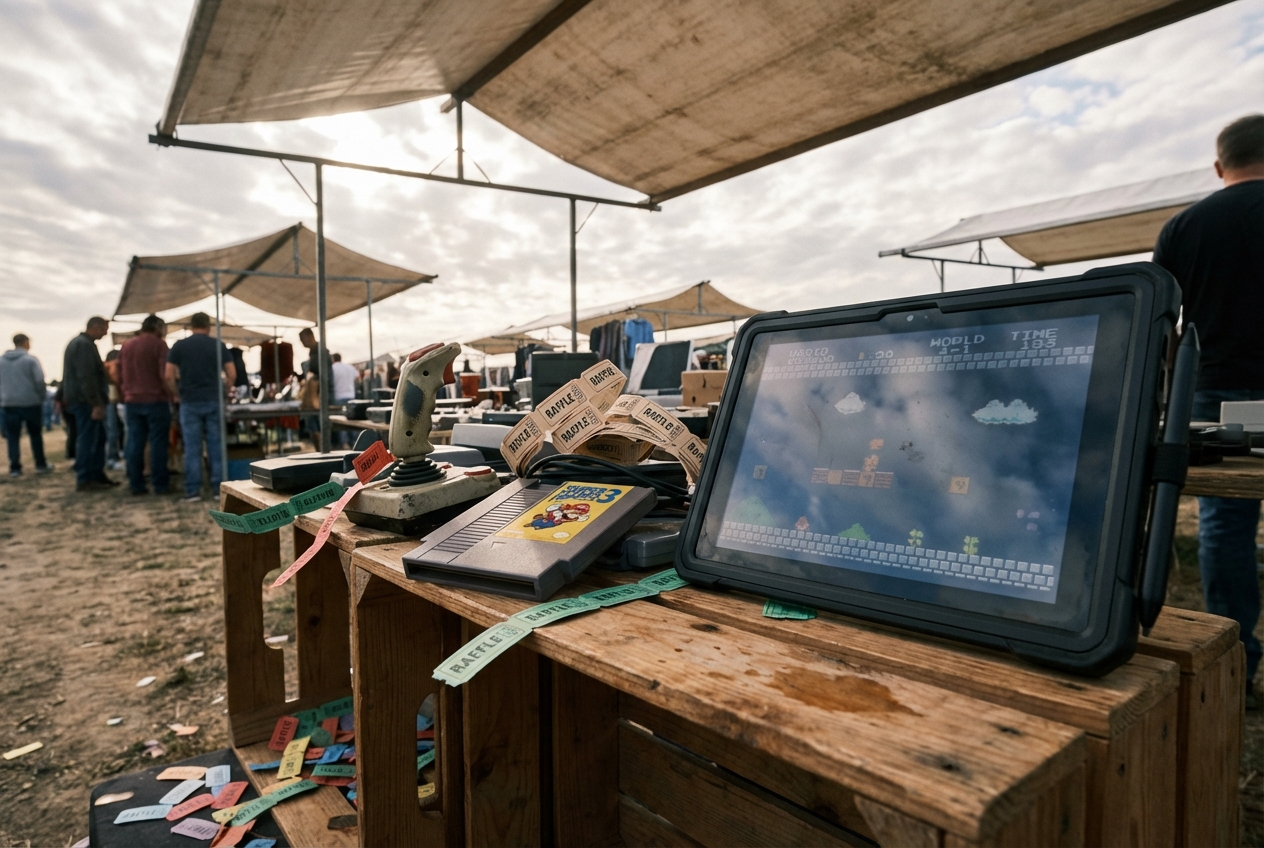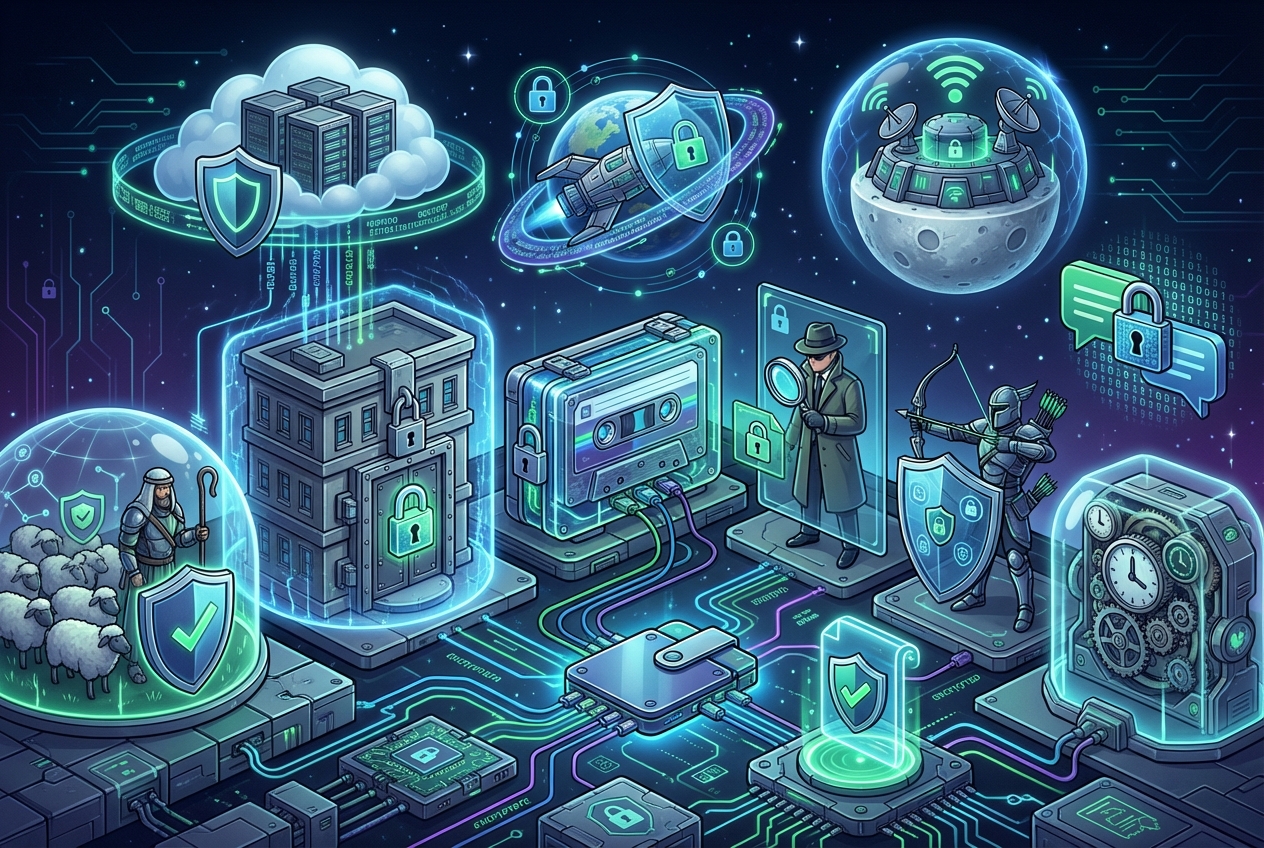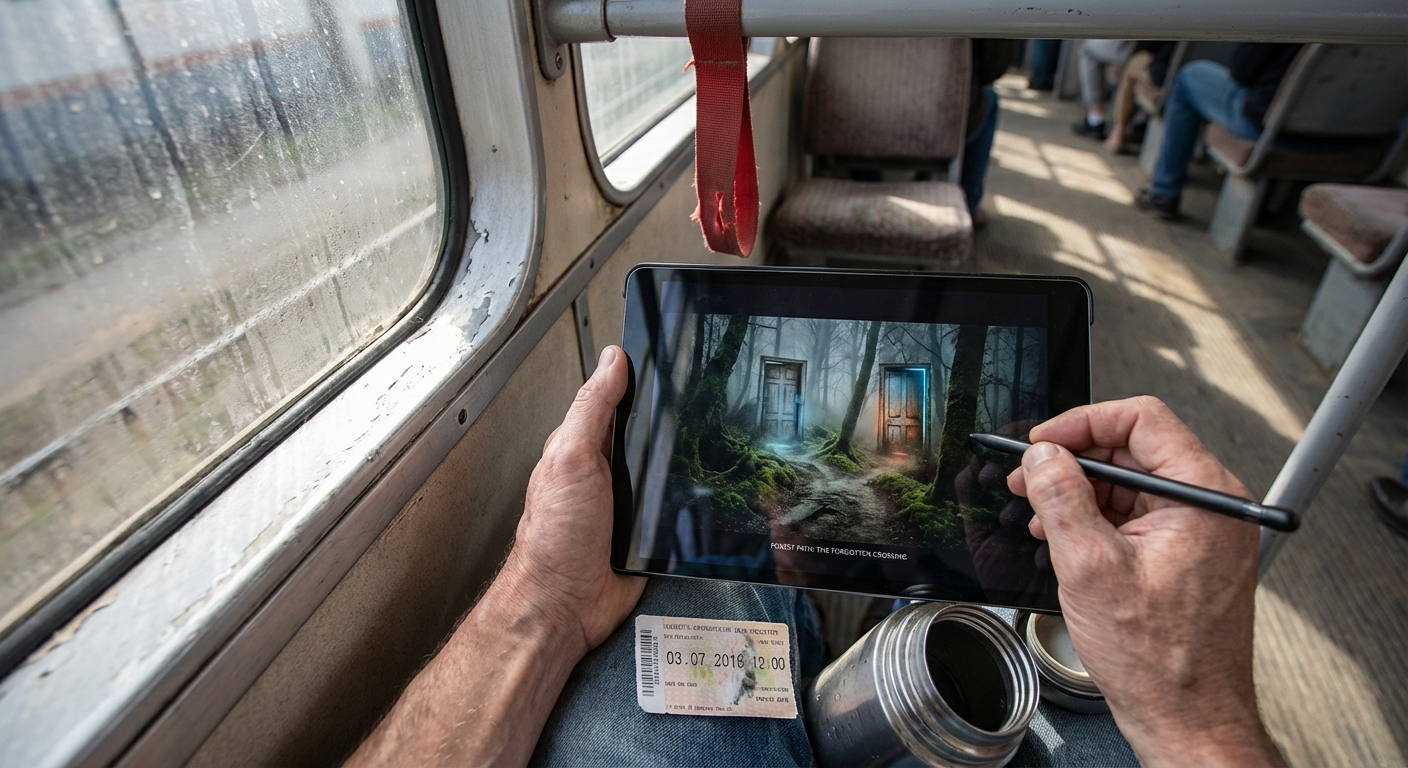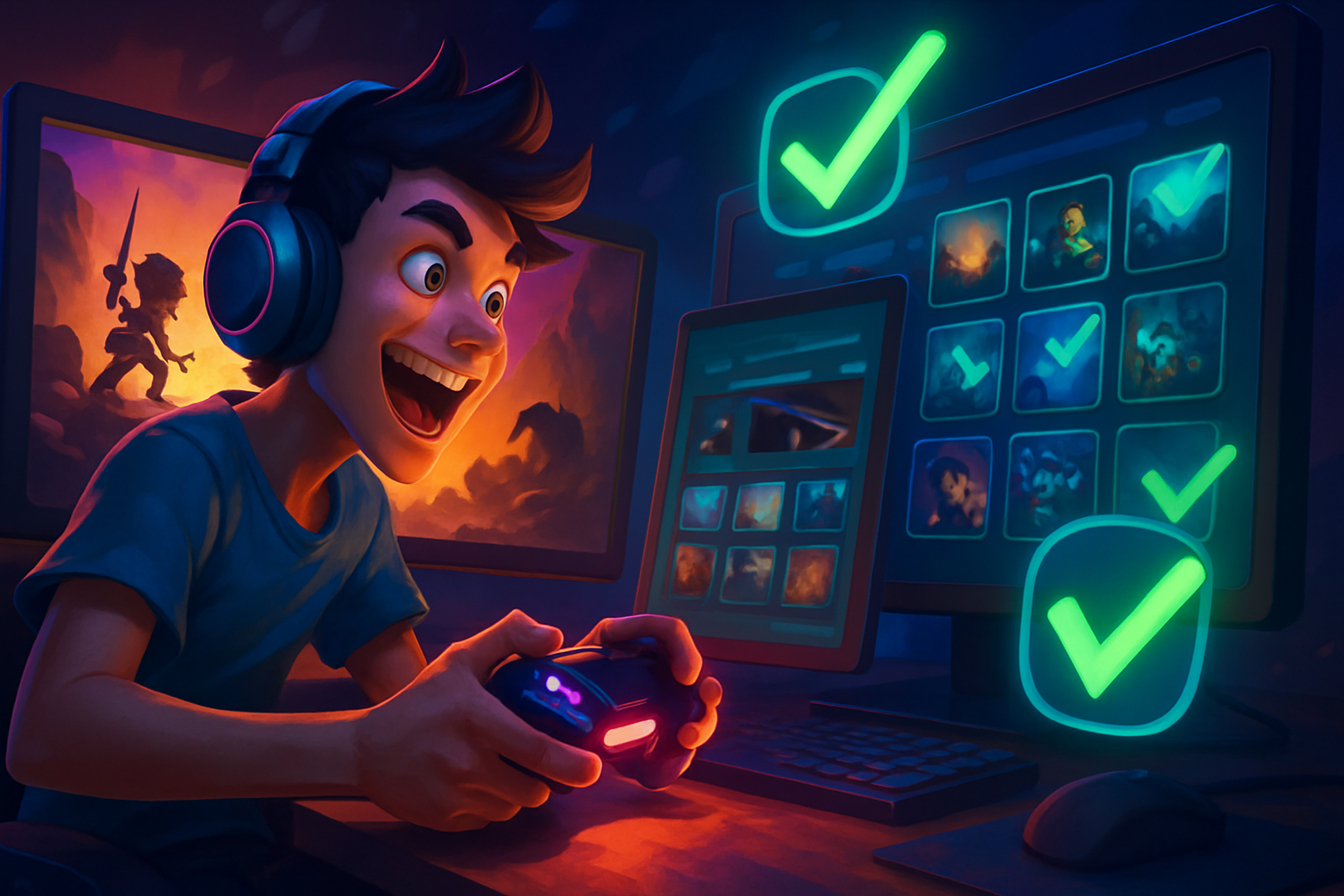
Steam wishlists have become a focal point in the indie game development world, serving as both a barometer of player interest and a potential catalyst for commercial success. For many small studios and solo developers, understanding how wishlists impact the journey from obscurity to trending on Steam is crucial. While there’s ongoing debate about the exact role wishlists play in Steam’s algorithm, one thing is clear: they remain an essential tool in the modern indie marketing arsenal.

Why Wishlists Matter for Indie Games
At first glance, adding a game to your wishlist might seem like a passive action. However, on Steam, this simple click can set off a chain reaction that significantly affects indie game discoverability. When players wishlist a title, it sends an immediate signal of interest not just to the developer but also to Steam’s recommendation engine. This can result in your game being featured in the ‘Popular Upcoming’ section or highlighted in personalized suggestions for users with similar tastes.
The numbers back up this dynamic. According to recent data, games with higher pre-launch wishlist counts tend to outperform their peers at launch. In fact, among 1,500 sampled games, only 9% sold more units at launch than their total wishlist count – suggesting that wishlists are a strong (if not perfect) predictor of early sales potential (source). This correlation is why many developers obsess over hitting certain wishlist milestones before release day.
The Algorithmic Reality: What Do Wishlists Really Influence?
There’s some confusion in the community about whether Steam’s algorithm directly rewards games with high wishlist counts by boosting their visibility. Official statements from Valve clarify that while wishlists alone don’t guarantee algorithmic promotion, they are still important. The real power of wishlists lies in their ability to generate momentum: as more people show interest and add your game, it becomes more likely to appear in curated sections and event spotlights.
This snowball effect is particularly pronounced during major sales events or festivals on Steam. If you’ve built up a substantial wishlist base before such events, notifications sent out by Steam can drive a surge of traffic, and potentially sales, to your store page. However, as the case of Planet Centauri illustrates, technical mishaps like failed notification emails can severely undercut these benefits (source). Ensuring these systems work flawlessly is just as important as building your wishlist numbers.
Key Ways Steam Wishlists Boost Indie Game Success
-
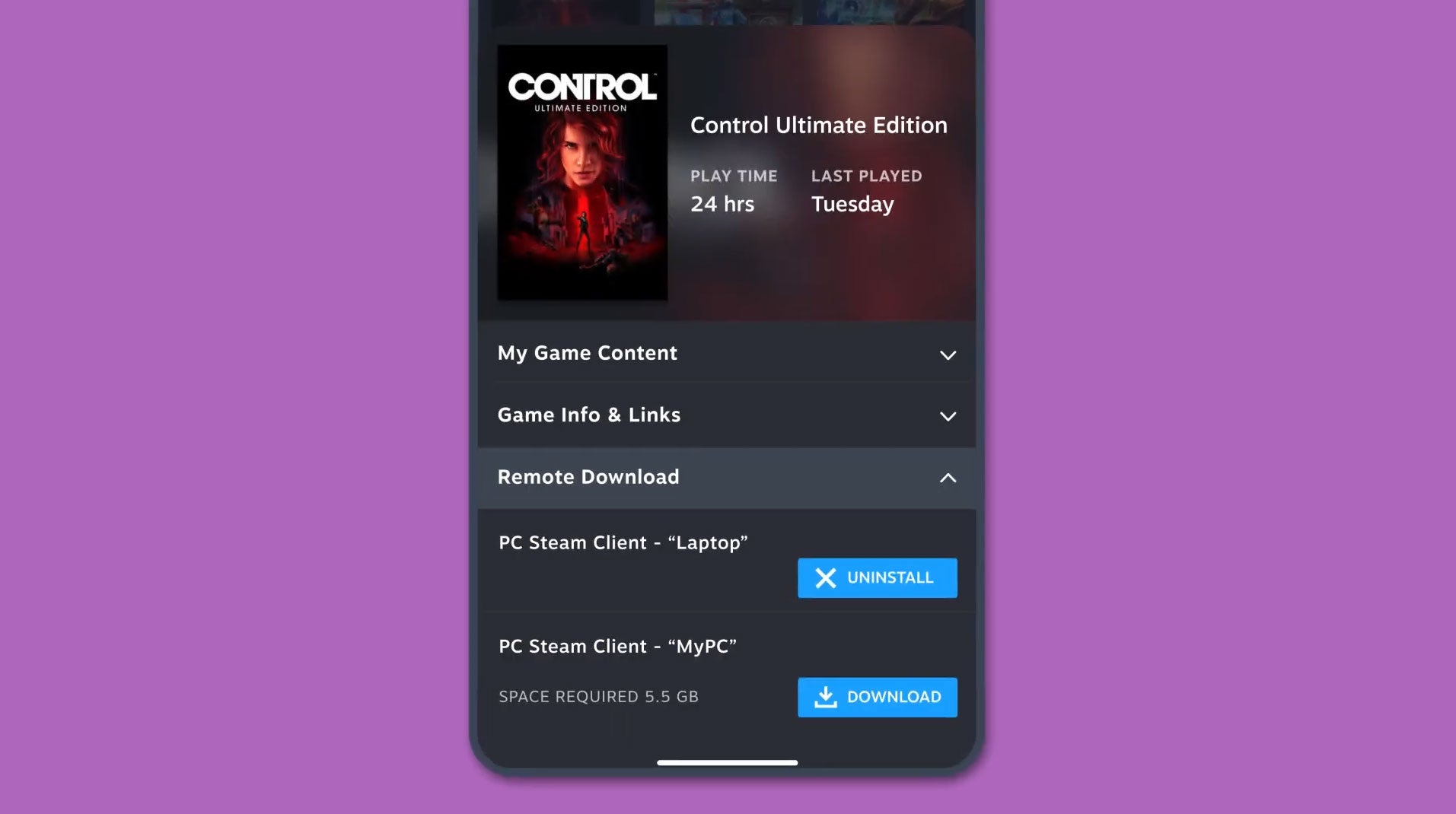
Direct Interest Indicator: Every wishlist addition is a clear signal of genuine player interest, helping developers gauge pre-launch demand and refine their marketing strategies.
-
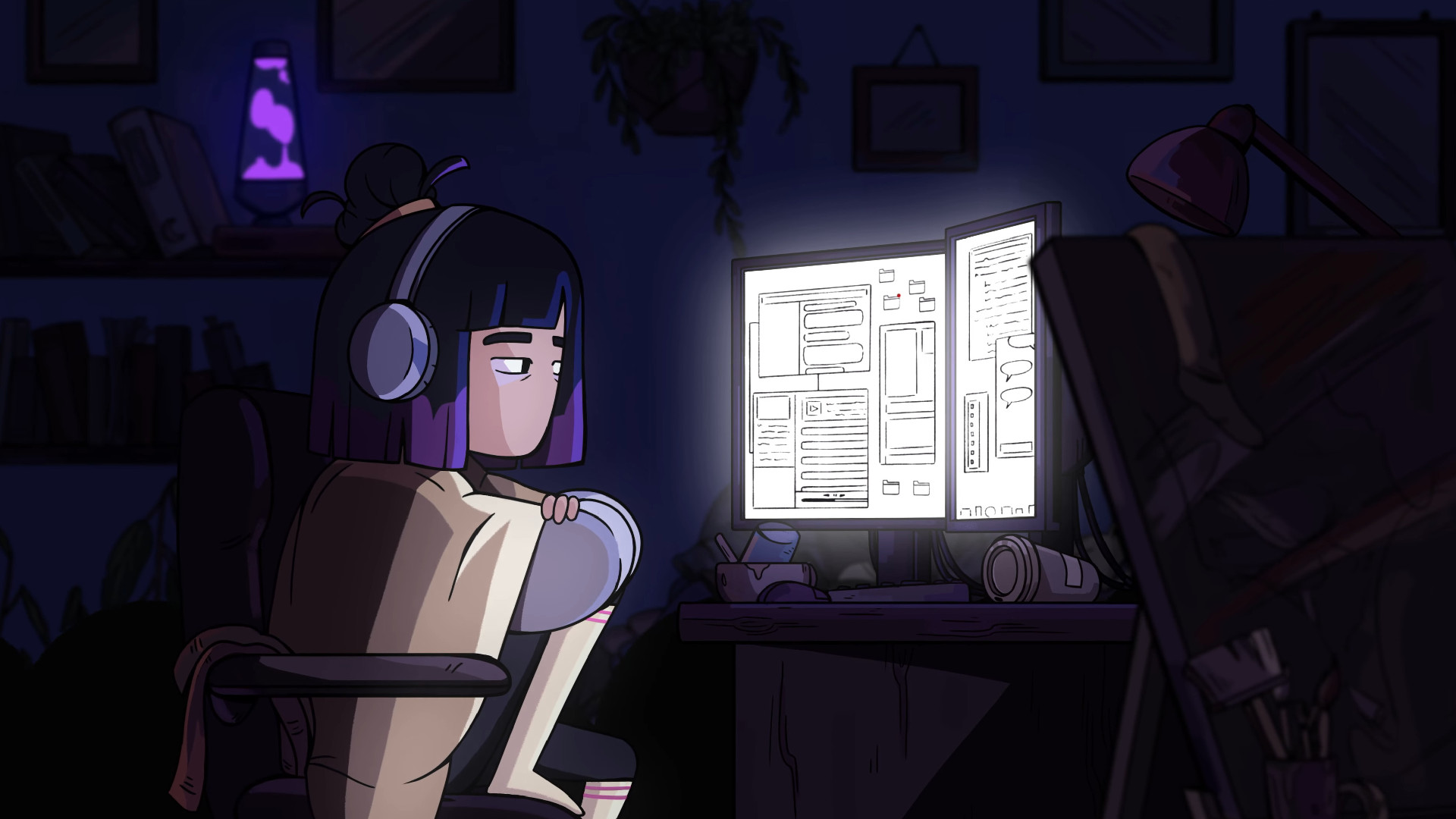
Launch Notification Power: When a wishlisted game launches, Steam sends notification emails to all wishlisters—an essential sales driver, as seen in the Planet Centauri case where missing notifications led to poor launch sales.
-
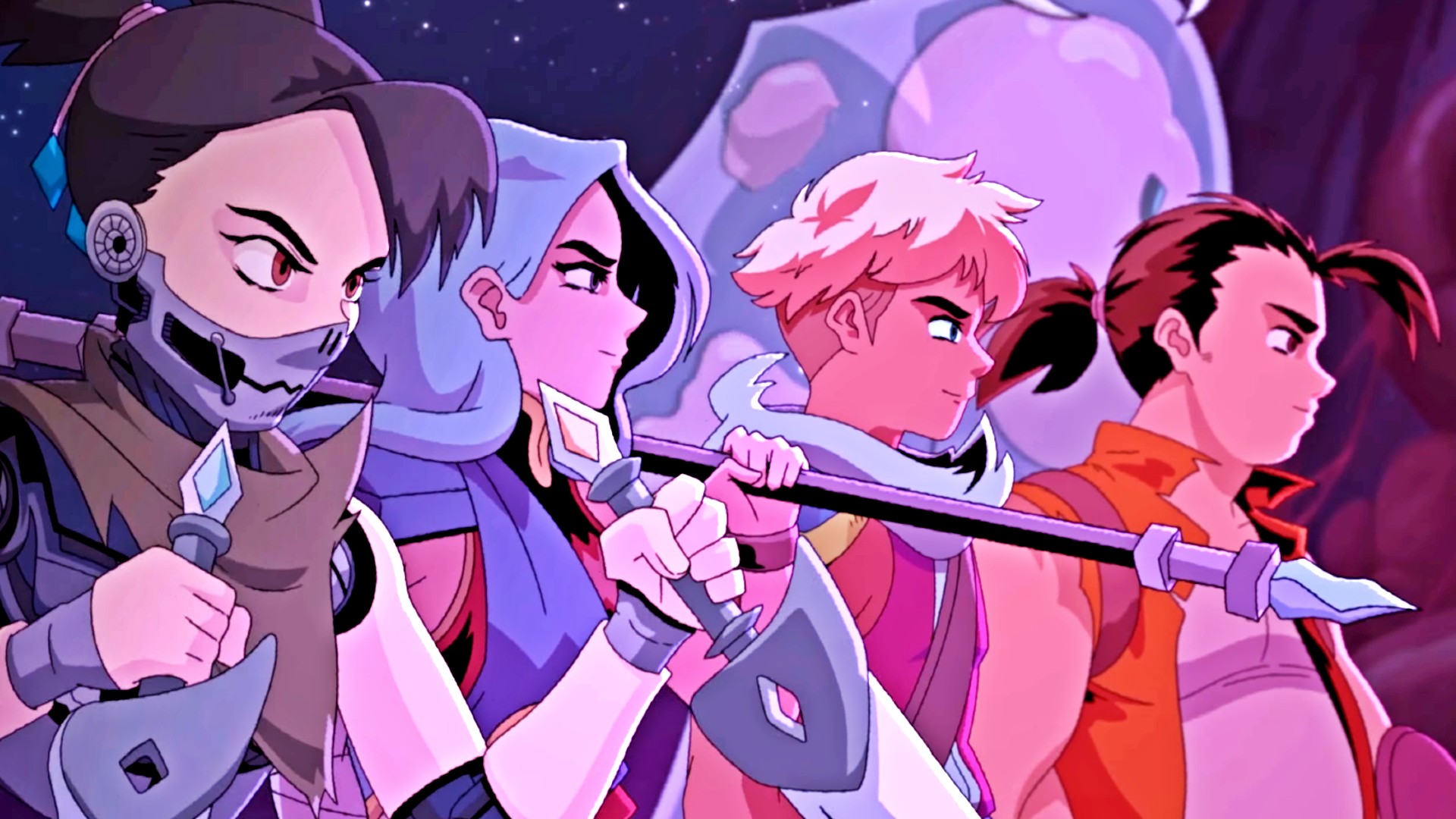
Boosted Exposure via Steam Features: Games with high wishlist counts are more likely to appear in prominent sections like ‘Popular Upcoming’ and personalized recommendations, increasing discoverability among potential buyers.
-
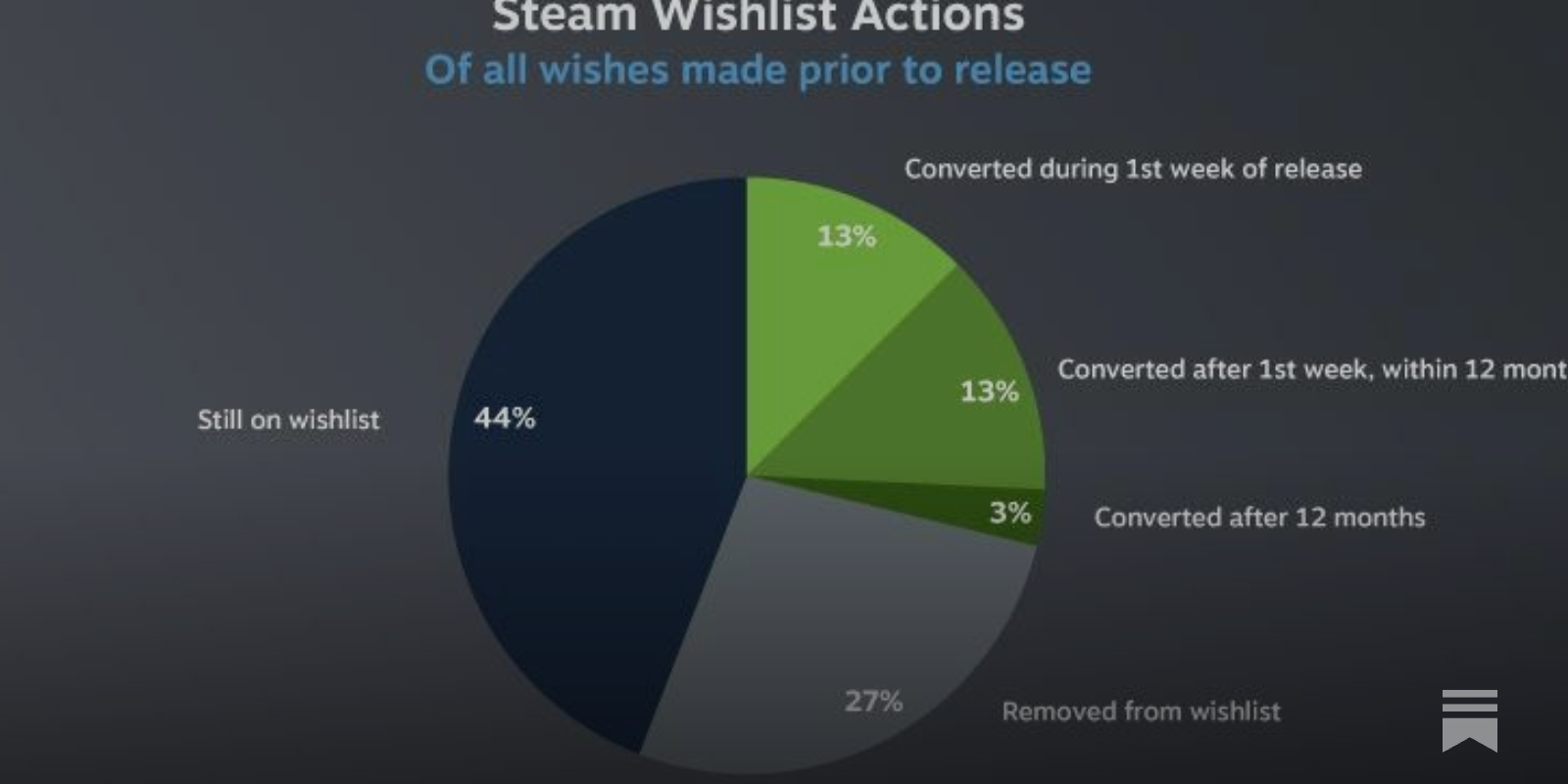
Sales Forecasting Tool: Wishlist numbers provide a strong indicator of potential first-month sales. Studies show a close correlation between pre-launch wishlists and early sales performance for indie titles.
-

Marketing Momentum Builder: Promoting wishlist campaigns through social media, Steam events, and community engagement helps indie developers build anticipation and a ready audience for launch day.
Wishlists vs Sales: Understanding Conversion Rates
A common misconception among new developers is that every wishlist translates into a sale at launch. In reality, conversion rates are far lower but still meaningful. The median wishlist-to-sales conversion rate for new games on Steam hovers around 10.5% during the first week after release (source). This means that if you’ve accumulated 20,000 wishlists by launch day, you might reasonably expect approximately 2,100 first-week sales, assuming average performance and no major surprises.
This ratio can fluctuate based on several factors:
- Game quality and genre fit: Highly anticipated or niche titles may exceed average conversion rates.
- Marketing efforts: Active campaigns before and after launch help remind users about your game when it matters most.
- Timing and competition: Launching alongside major AAA titles or during crowded sale periods can dampen conversions even with strong wishlisting numbers.
The key takeaway? Wishlists are best viewed as an indicator of interest rather than guaranteed revenue, but they’re still one of the most actionable metrics available to indie teams today.
Given their outsized influence on both visibility and early sales, maximizing wishlist numbers should be a core pillar of any indie game marketing strategy. Developers who treat wishlists as passive metrics often miss out on the larger opportunities they present. Instead, proactive outreach and community building can turn wishlists into a launchpad for long-term success.
Actionable Strategies to Boost Your Steam Wishlists
Building a significant wishlist count is more art than science, but several proven tactics have emerged from successful indie launches. Here are some practical steps:
Essential Checklist to Grow Steam Wishlists
-
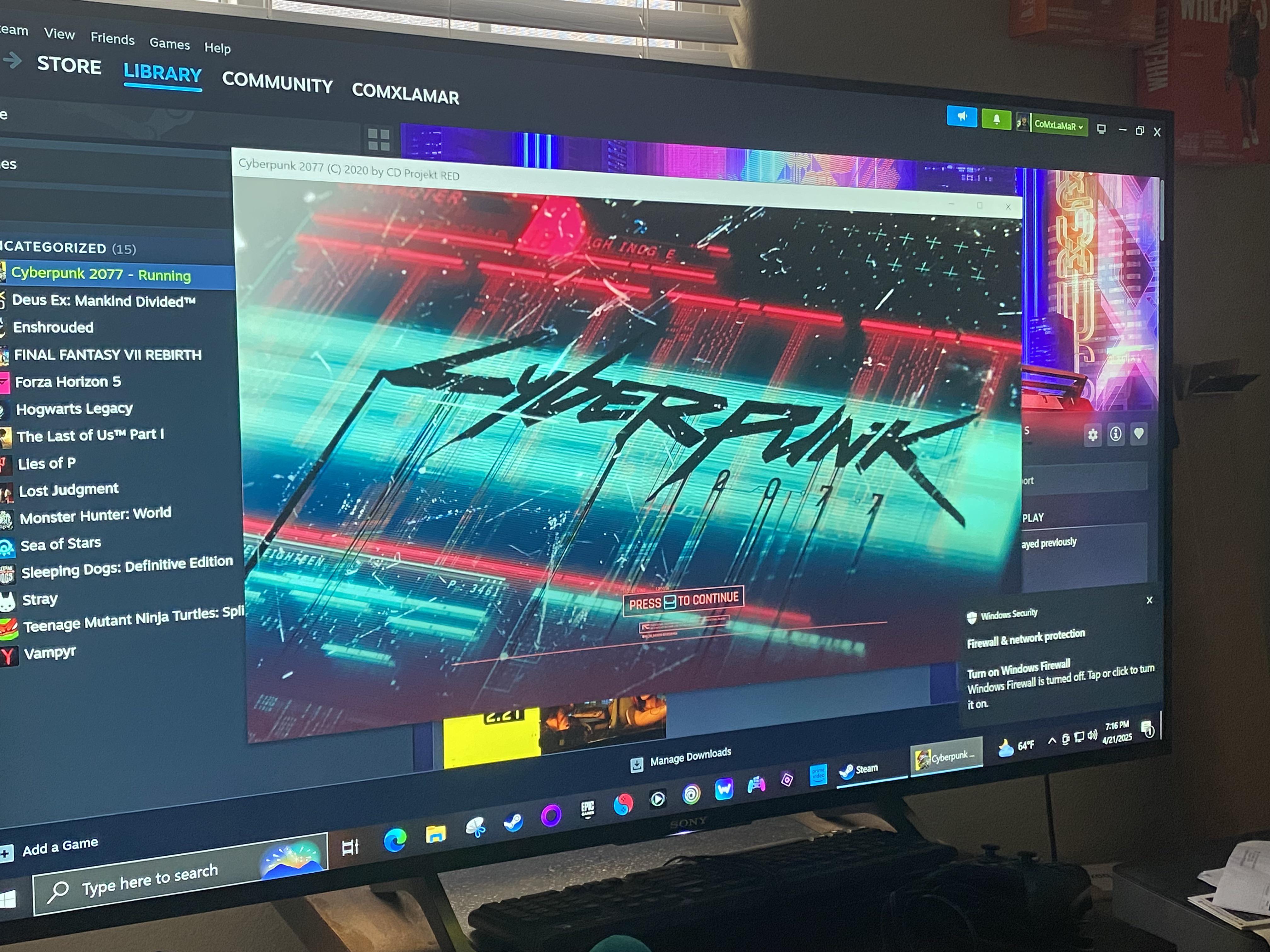
Optimize your Steam page: Ensure your game’s Steam page features high-quality visuals, a compelling description, and an engaging trailer to encourage wishlisting.
-
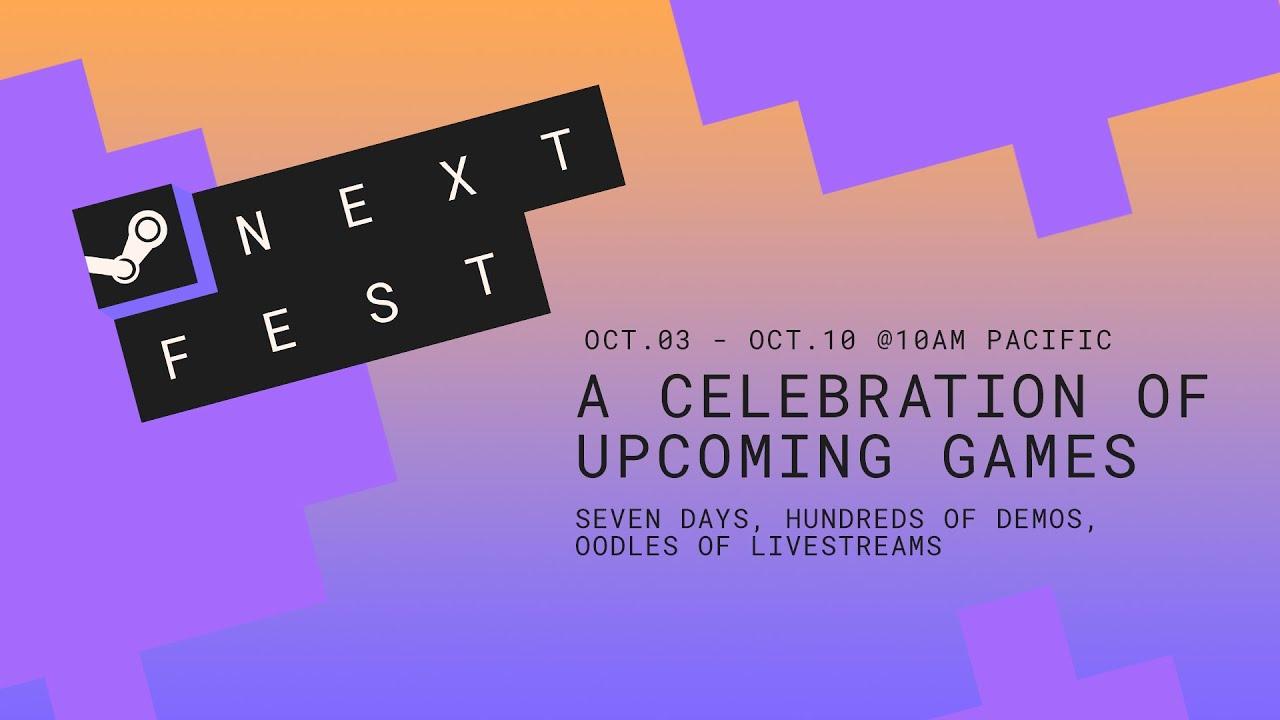
Leverage Steam Events and Festivals: Participate in events like Steam Next Fest to showcase demos and reach a wider audience.
-
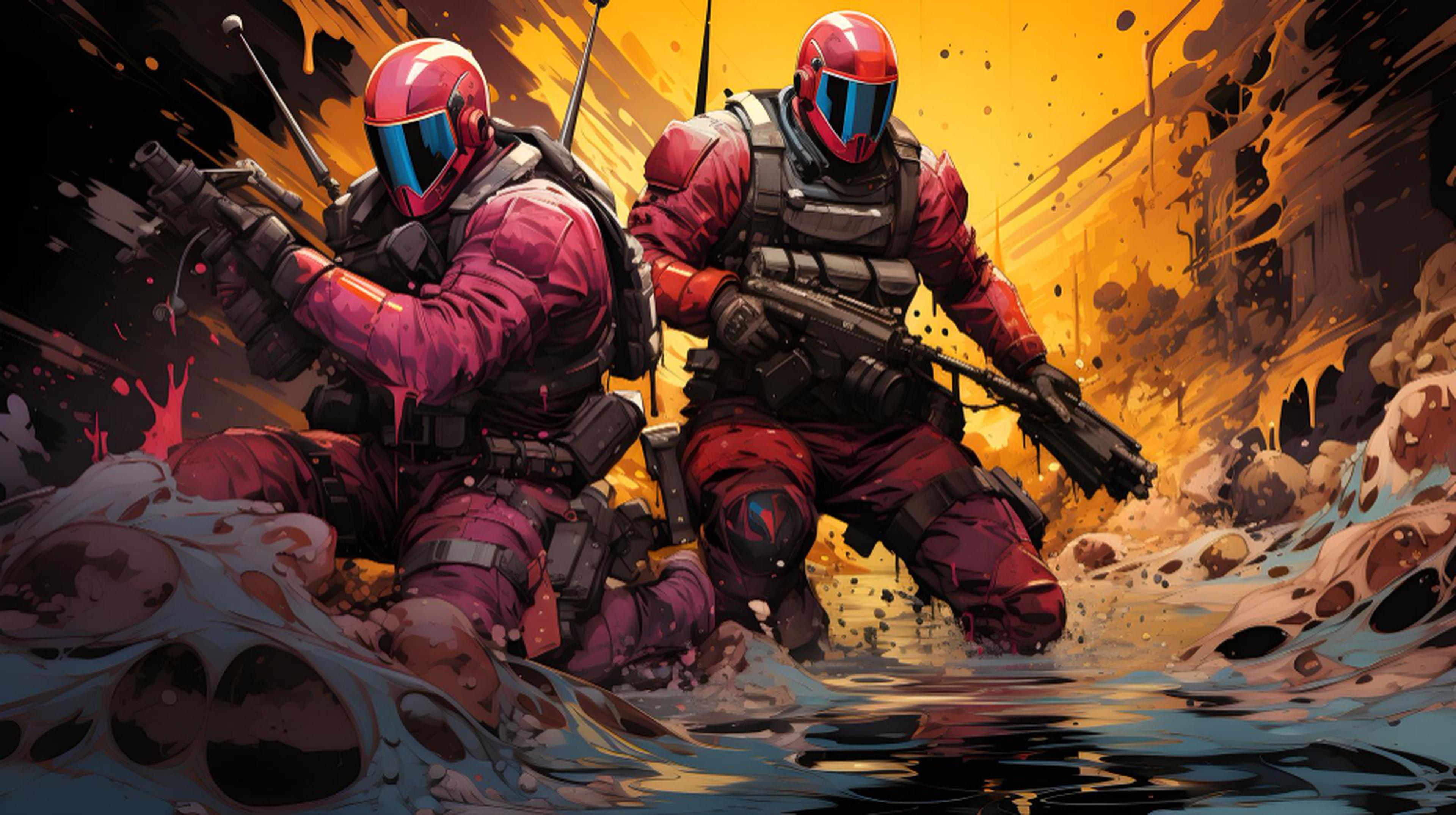
Engage with your community: Build and nurture a community on platforms such as Discord and X (Twitter) to drive ongoing interest and wishlist additions.
-
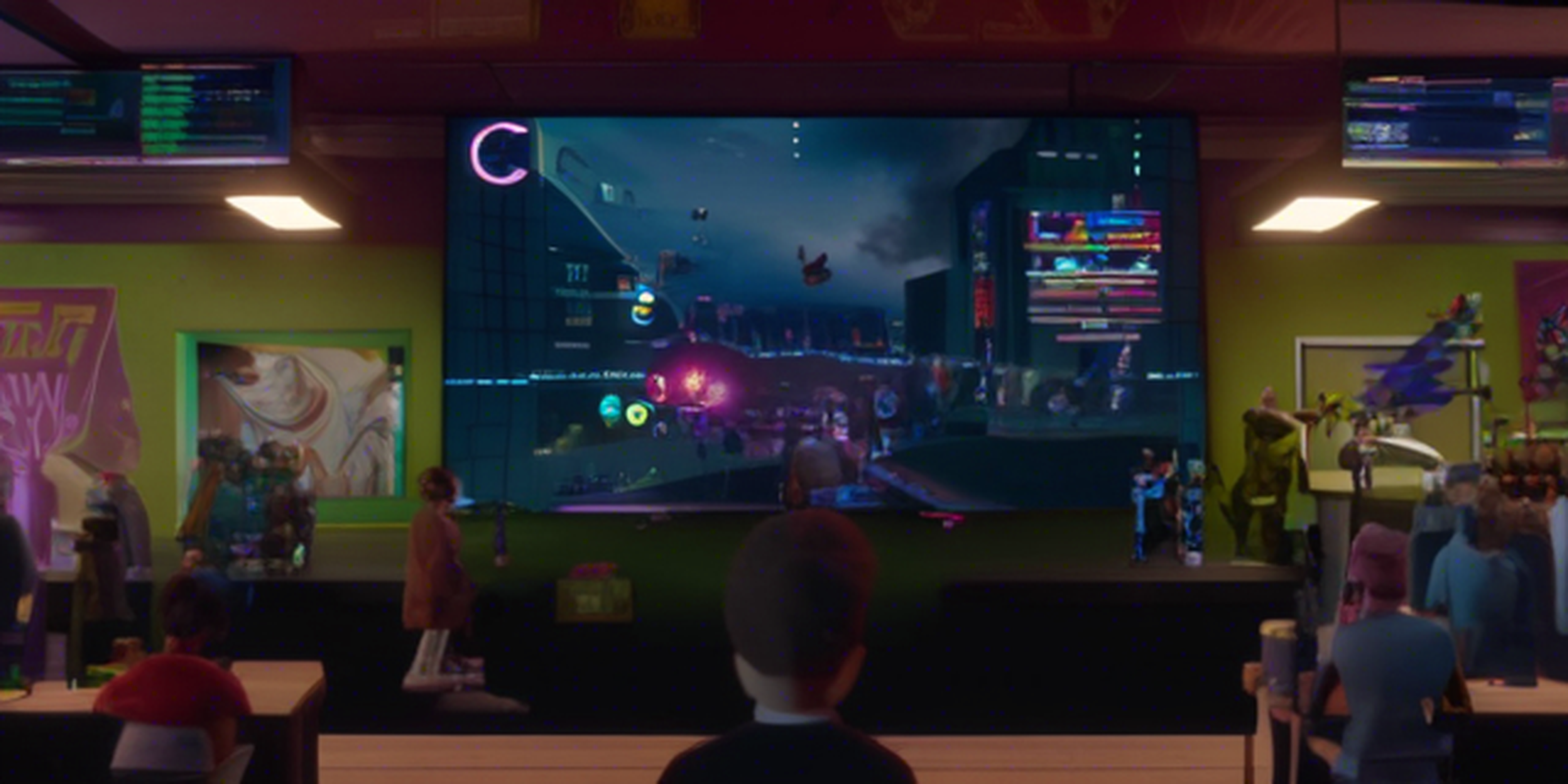
Utilize influencer and press outreach: Connect with gaming influencers and secure coverage on sites like Rock Paper Shotgun or PC Gamer to amplify your game’s visibility.
-
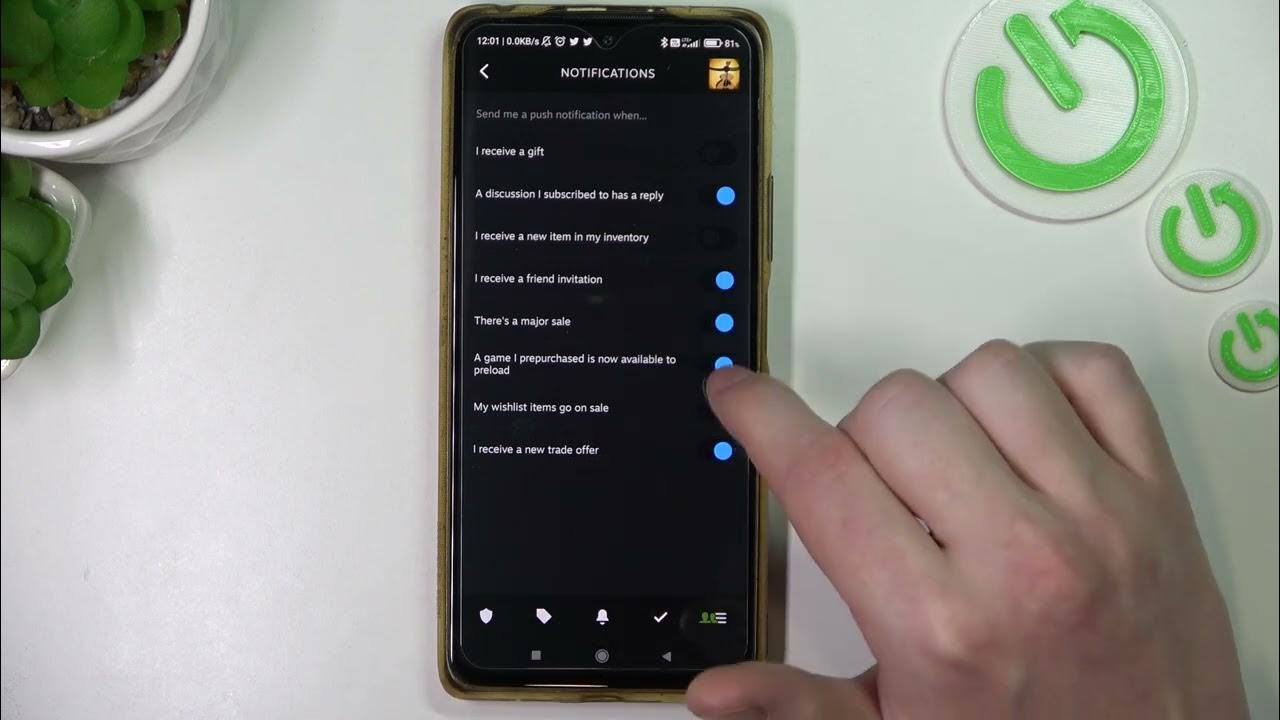
Monitor and test wishlist notifications: Regularly verify that Steam’s notification system is functioning correctly to ensure wishlisters receive launch emails, as highlighted by the Planet Centauri case.
-
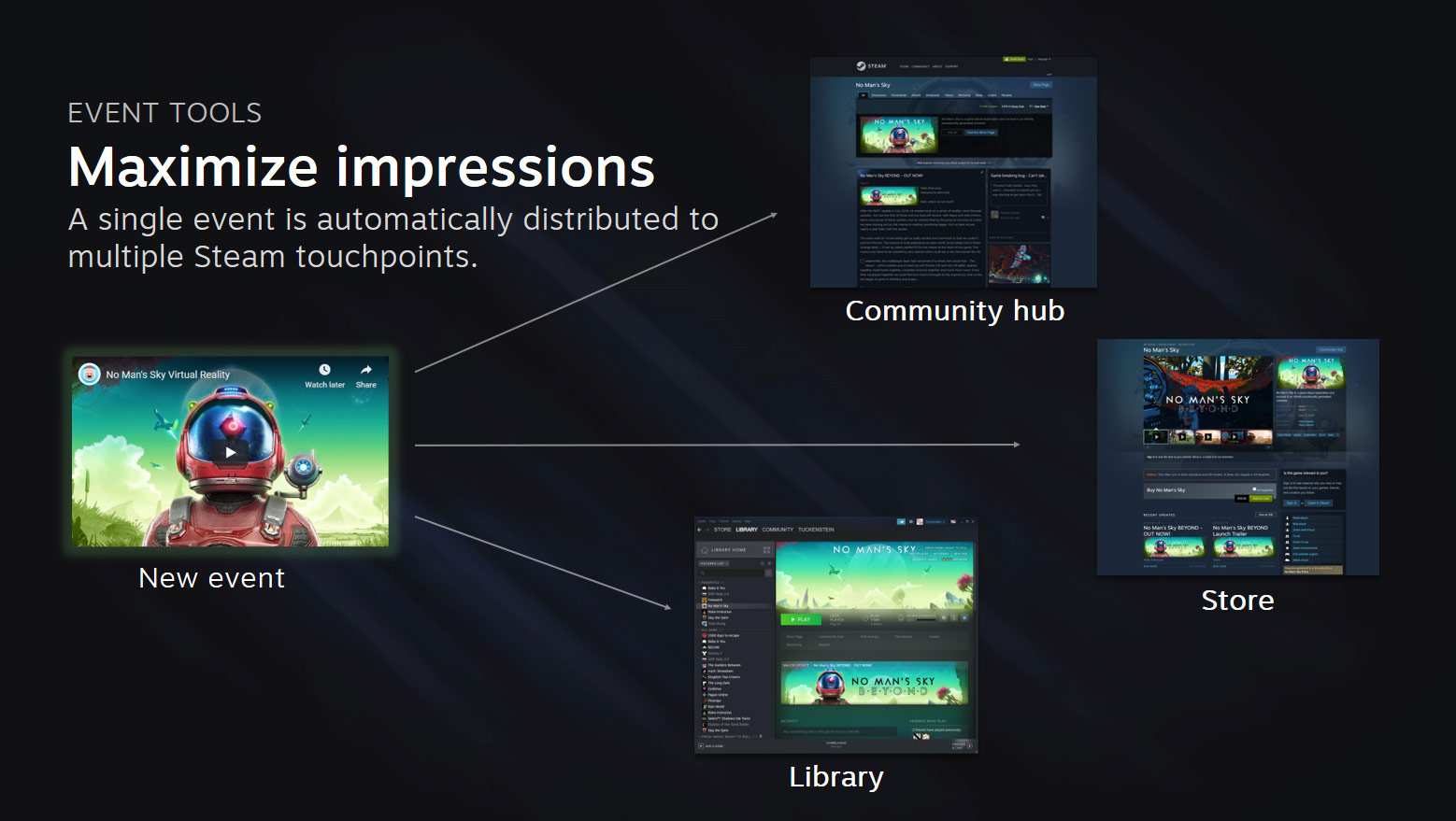
Track and analyze wishlist data: Use Steamworks analytics to monitor wishlist growth and conversion rates, adjusting strategies as needed.
-
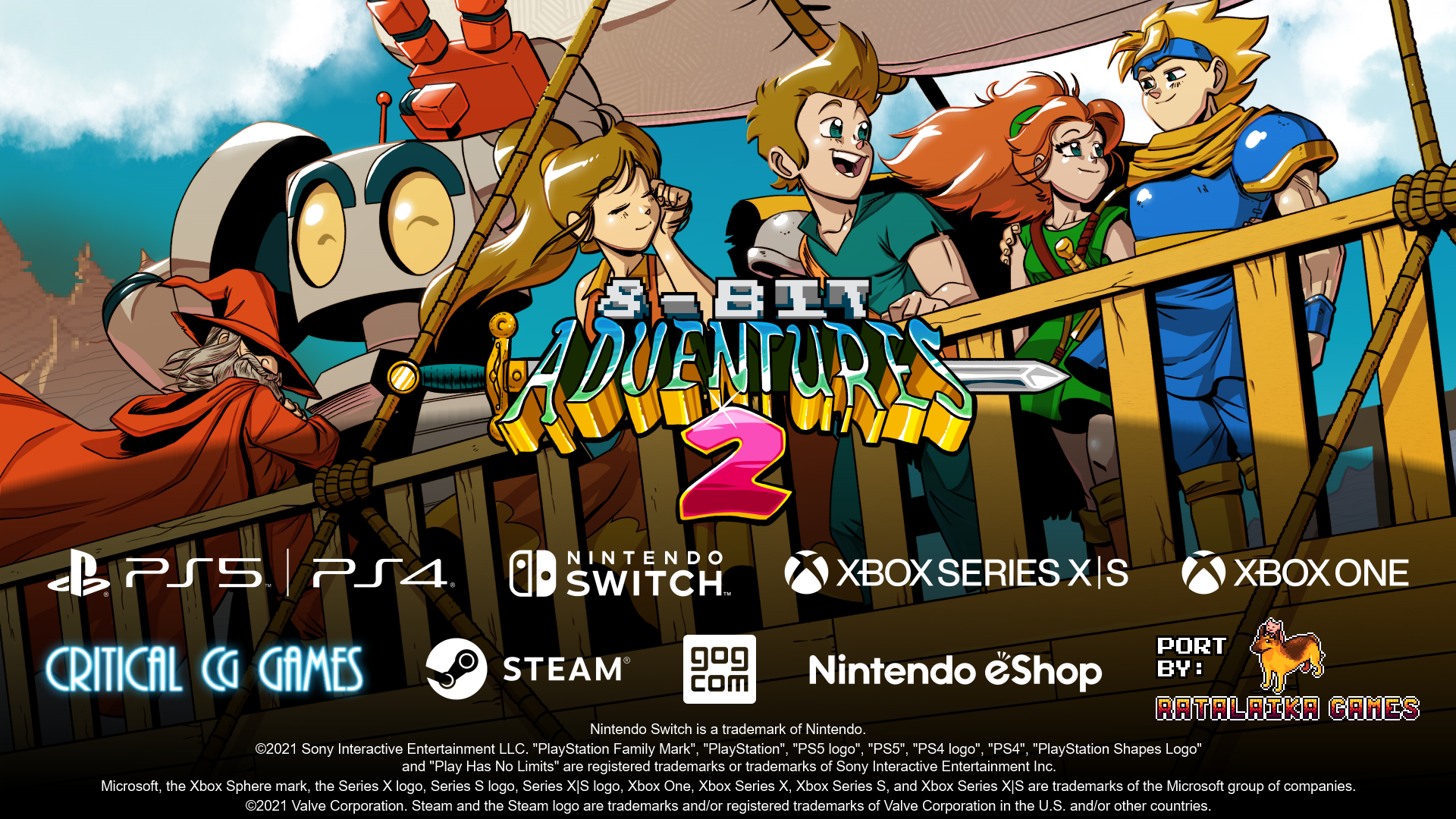
Promote demos and updates: Release playable demos and post regular updates to keep your game visible and encourage more wishlists.
1. Leverage Steam Events and Festivals: Participating in Steam Next Fest or similar events can expose your title to thousands of potential players. Demos and live streams during these periods often result in noticeable wishlist spikes.
2. Harness the Power of Social Media and Influencers: Consistent updates on platforms like Twitter, Discord, and Reddit keep your audience engaged. Collaborating with influencers or streamers can introduce your game to new communities that are likely to convert into wishlisters.
3. Optimize Your Store Page: A compelling trailer, clear screenshots, and concise descriptions increase the likelihood that visitors will add your game to their wishlist. Don’t underestimate the impact of first impressions.
4. Maintain Active Community Engagement: Responding to comments, sharing development updates, and involving fans in decision-making fosters loyalty, and loyal fans are more likely to support your launch.
Common Pitfalls: Why Some Wishlists Don’t Convert
While growing your wishlist count is crucial, understanding why some wishlists don’t convert into sales is equally important for post-launch planning. Not all players who express interest will make a purchase right away, or ever. Some frequent reasons include:
- Pricing concerns or waiting for discounts
- Lack of post-launch buzz or reviews
- Poor technical performance or negative word-of-mouth
- Email notification failures (as seen with Planet Centauri)
This highlights the need for ongoing marketing efforts after release day, as well as technical diligence regarding notifications and updates.
A high wishlist count is only as valuable as your ability to activate those potential players when it counts most, at launch and during key sales events.
The Road Ahead: Turning Wishlists into Sustainable Success
The evolving landscape of indie game discovery means that strategies must adapt alongside player behavior and platform changes. As more developers learn how wishlists help indie games break through the noise, competition for player attention intensifies. Those who succeed combine data-driven tactics with genuine community engagement, and never take technical details like email notifications for granted.
If you’re an aspiring developer or part of a small studio looking to make an impact among indie games trending on Steam, focus on building meaningful connections with your audience early and often. Treat every wishlist as both feedback and opportunity, because even though not every click will become a sale, each one brings you closer to visibility in one of gaming’s most crowded marketplaces.



